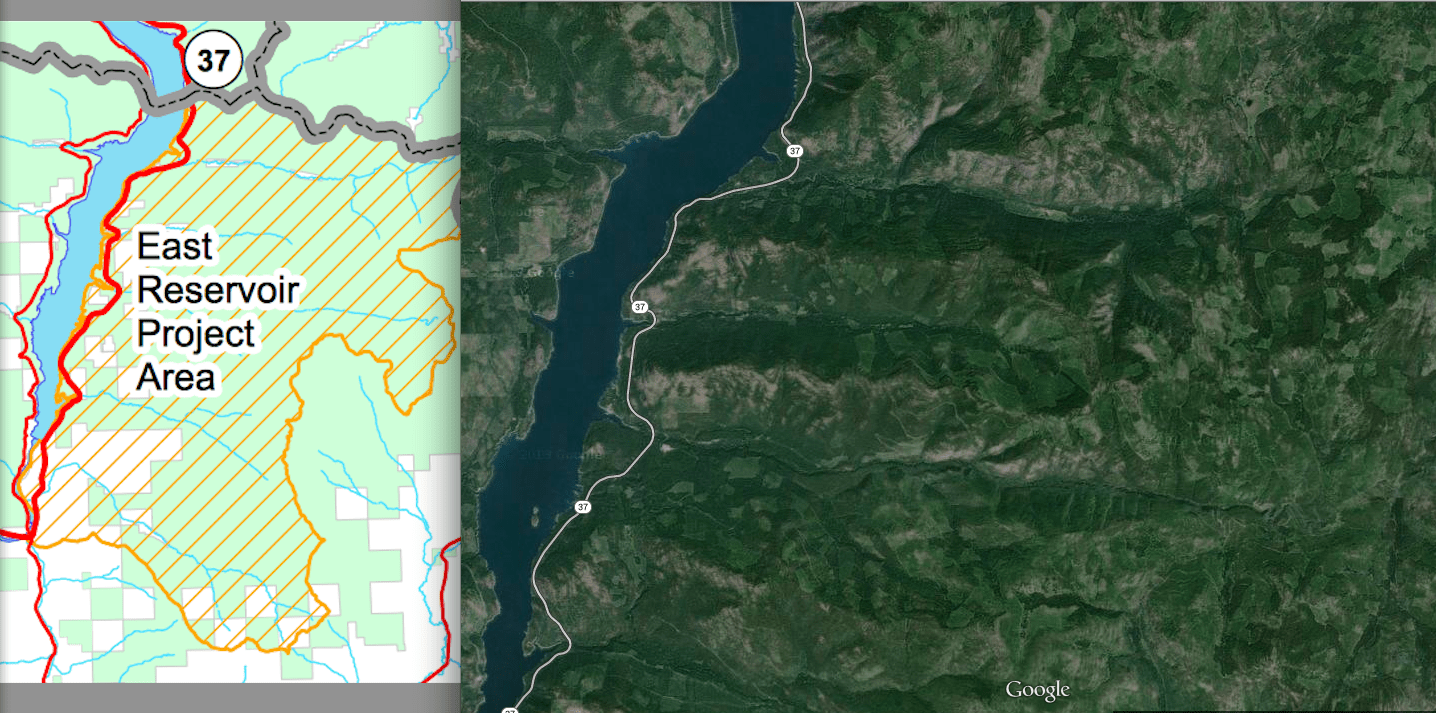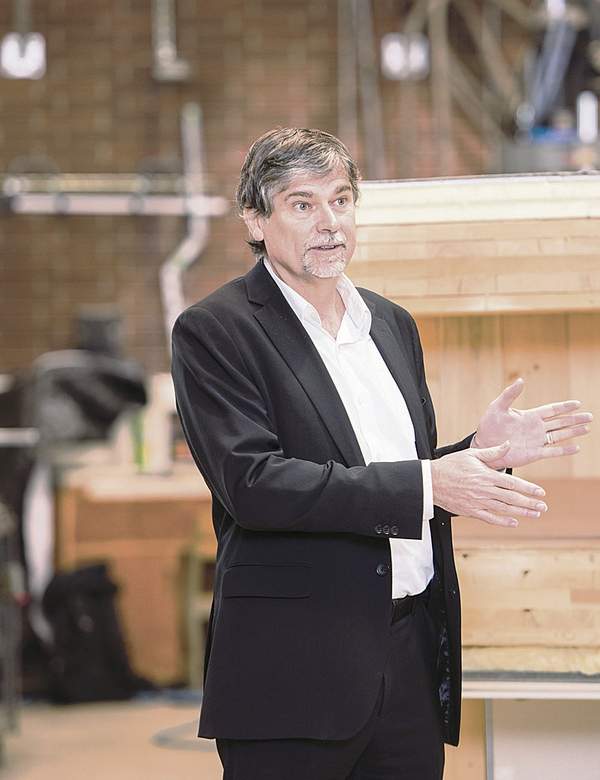NEWS RELEASE
For Immediate Release
Contact: (202) 205-1005
Twitter: @forestservice
State of Alaska, USDA Forest Service begin official work on Alaska Roadless Rule
JUNEAU, ALASKA, August 2 – The State of Alaska and the USDA Forest Service signed a memorandum of understanding this week to develop an Alaska state-specific roadless rule.
An Alaska state-specific roadless rule will determine which currently designated roadless areas would require a different management designation to further Alaska’s economic development or other needs, while still conserving roadless areas for generations to come.
The state-specific rule will amend the 2001 Roadless Rule, which prohibits road construction, road reconstruction, and timber harvesting on certain National Forest System lands across the country. Currently, in Alaska, 67 percent of National Forest System lands are inventoried roadless areas. An additional 26 percent are designated Wilderness, where road construction is also prohibited.
In establishing this new rule, the USDA Forest Service is responding to Alaska’s petition for a full exemption from the 2001 Roadless Rule. The petition was accepted by Secretary of Agriculture Sonny Perdue in April 2018, with the decision to pursue a state-specific roadless rule. National Forest System lands in Alaska that are designated Wilderness would be unaffected by this rulemaking.
“We will continue to work with the people of Alaska, the state government, industry, tribes and Alaska native corporations to maintain the health and vibrancy of our National Forests,” said Secretary Perdue. “The national forests in Alaska should be working forests for all industries.”
The Forest Service and state will work closely together, as the Forest Service did with Colorado and Idaho to develop their state-specific roadless rules. An important part of this process will be working with stakeholders from across the region to inform development of this state-specific rule.
“The State of Alaska is ready to begin this work. I am confident that state and federal officials will be responsive to input from local residents every step of the way and that together we will account for the diverse needs of people who live, work, and recreate in the forest,” Governor Bill Walker said of the project.
Secretary Perdue aims to sign a final Alaska Roadless Rule within the next 18 months. The preparation process will involve National Environmental Policy Act environmental review and disclosures, gathering public feedback, conducting public outreach, and consultation with Alaskan Tribes and Native Corporations.
A notice of intent to prepare an EIS for the rulemaking is scheduled to be published in the Federal Register later this summer.
For more information please contact Dru Fenster, Alaska Region Media Coordinator at 907-209-2094.
###


